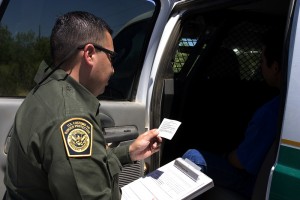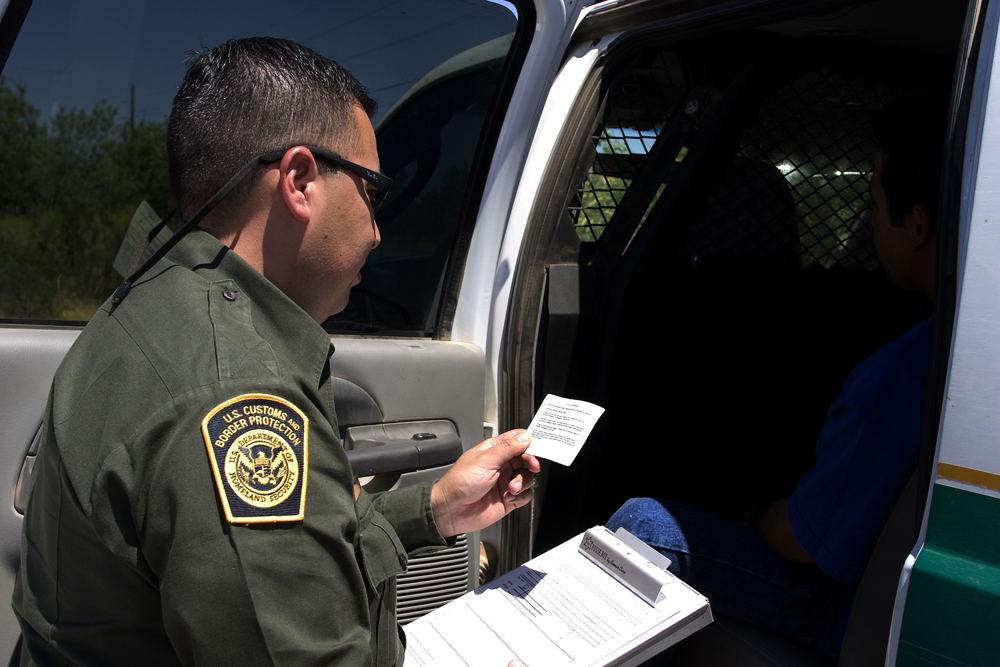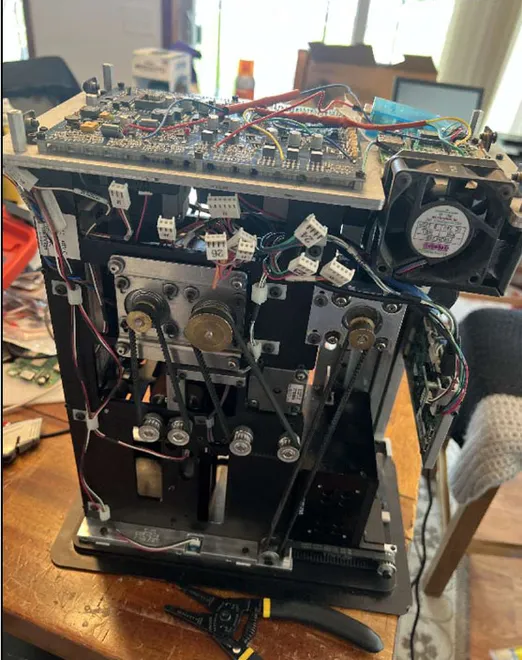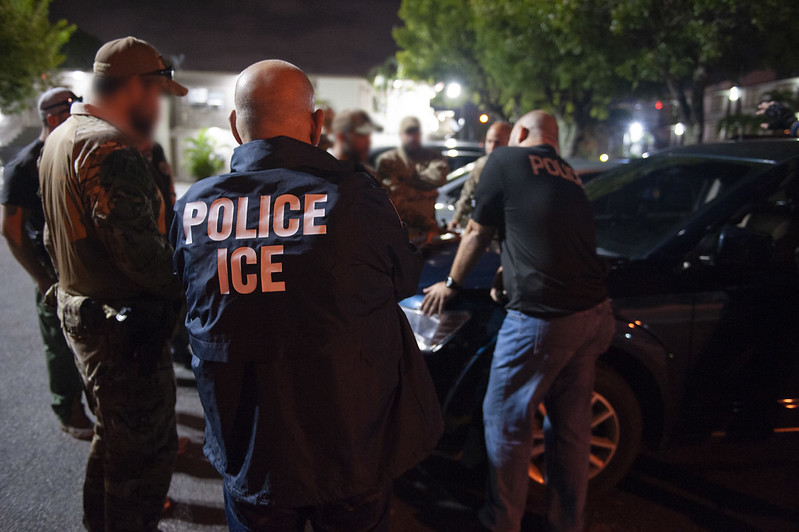 By Editorial Board
By Editorial Board
Los Angeles Times
To assure the public of their commitment to transparency and accountability, many law enforcement agencies across the country — including the Los Angeles Police Department — have embraced body-worn cameras with admirable rapidity. However, the nation’s largest law enforcement agency, the U.S. Border Patrol, is moving so slowly to adopt this new technology that it appears not to be moving at all.
In August, a U.S. Customs and Border Protection working group completed a yearlong feasibility study of body cameras at the request of Commissioner R. Gil Kerlikowske. The group did an adequate job of outlining the pitfalls of having Border Patrol agents wear cameras (resistance by the officers, privacy concerns and cost, among other things) and the benefits (decreased use-of-force incidents, better record-keeping and improved safety of officers).
No surprises there. Police agencies, including the LAPD, made similar cost-benefit analyses as they prepared to roll out their programs. And while tricky, none of the policy challenges has proved insurmountable. Meanwhile, studies over the last year have found that when police wear body cameras and record video of interactions with suspects, it really does influence the behavior of officers and suspects alike, and dramatically reduces use-of-force incidents. Today, many police chiefs, civil rights groups and even the president are praising body cameras as an essential law enforcement tool that makes everyone safer.
This made Kerlikowske’s announcement last week that even more review of body cameras was still necessary all the more suspect. Was this just a stalling tactic by a department not committed to transparency?





